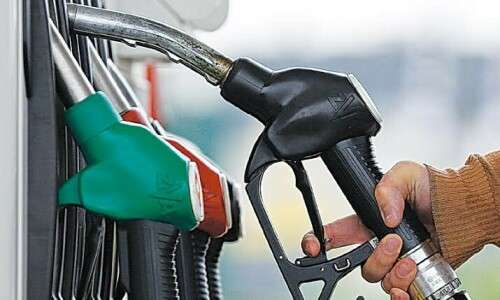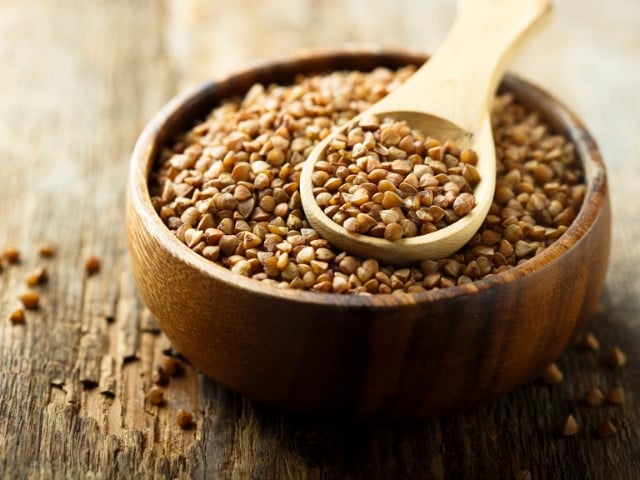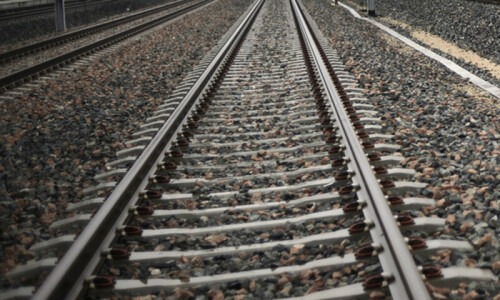Petroleum prices, including high-speed diesel (HSD), petrol, and kerosene, are expected to see a rise in the next fortnight, with estimates indicating an increase of up to Rs6 per litre. The price hike is attributed to the steady rise in international prices of crude oil, which has put pressure on the local market. With this increase, the cost of fuel will likely affect the middle and lower-middle classes, as well as the transportation sector, leading to further inflationary pressures on goods and services.
Factors Driving the Price Hike
International Price Trends Impacting Local Fuel Prices
The price of oil in the global market plays a significant role in determining the cost of petroleum products in Pakistan. The recent upward trend in international oil prices, particularly Brent crude, has raised concerns regarding the future cost of petroleum products. Brent crude prices have seen a surge of up to $2 per barrel in the last fortnight, driving up the cost of refined petroleum products. Additionally, the average price of high-speed diesel (HSD) has increased by more than $2.50 per barrel, and petrol has experienced a modest increase of 50 cents per barrel.
The hike in oil prices can be attributed to various factors, including geopolitical tensions, fluctuating supply-demand dynamics, and production constraints. These global trends directly affect the ex-refinery cost of petroleum products in Pakistan, which in turn influences the retail price at which consumers purchase these products.
Exchange Rates and Import Premiums
Exchange rates and import premiums also contribute significantly to the fluctuation in petroleum prices. The import premium on petrol has risen by approximately 40 cents per barrel to $8.84, contributing to the increase in local prices. Meanwhile, the exchange rate has remained relatively stable, ensuring that fluctuations in the Pakistani rupee’s value against the US dollar have not been the primary cause of the rise in petroleum prices.
The import premium for petroleum products is a critical factor since it accounts for the additional costs incurred by the government and oil companies when importing refined petroleum products. This increased premium means higher costs for consumers, even if the exchange rate remains stable.
Taxation and Government Levies
In addition to international price trends, local taxes and levies imposed by the government have a significant impact on the final retail price of petroleum products. Currently, the government imposes a tax of approximately Rs76 per litre on both petrol and HSD, which adds to the financial burden on consumers.
Furthermore, despite the general sales tax (GST) being zero on petroleum products, the government collects a Petroleum Development Levy (PDL) of Rs60 per litre on both petrol and HSD. This levy is a significant contributor to the high price of petroleum products, particularly for middle-income and low-income households.
The government also imposes customs duties of around Rs16 per litre on both petrol and HSD, which raises the cost of imported fuel, even though Pakistan produces some of its petroleum locally. These duties, along with distribution and sale margins of approximately Rs17 per litre, further exacerbate the final cost of fuel.
Impact on Consumer Spending and Inflation
The increase in petroleum prices has a direct and substantial effect on consumer spending. Petrol, primarily used in private transport, small vehicles, rickshaws, and two-wheelers, directly impacts the budget of middle and lower-middle-class families. As the price of petrol rises, the cost of daily commuting and transportation increases, leading to higher expenditures for the common man.
Moreover, the transportation sector heavily relies on HSD, which is used in buses, trucks, agricultural vehicles, and trains. The price hike in HSD is considered inflationary as it raises the cost of transporting goods, which subsequently drives up the prices of essential commodities like vegetables, fruits, and other food items. This will likely lead to a rise in the overall cost of living, putting additional pressure on household budgets.
Government Measures and Public Reaction
While the government has periodically revised fuel prices based on international market trends, the price hikes have sparked frustration among consumers, particularly those in lower-income groups. As fuel prices continue to rise, there is growing concern about the affordability of basic necessities, including food and transportation, for many people.
The government’s pricing policies, including tax levies and import duties, have drawn criticism from various sectors of society. There are calls for reforms in the fuel pricing mechanism to mitigate the impact of price increases on ordinary citizens.
However, the government maintains that the price adjustments are necessary to balance the fiscal budget and ensure the continued import of petroleum products, which are vital for the country’s economic growth.
Looking Ahead: Will Prices Continue to Rise?
The future of petroleum prices in Pakistan remains uncertain, as several factors influence the global oil market. The ongoing geopolitical issues, supply chain disruptions, and fluctuations in global demand could cause further price hikes in the coming weeks. Additionally, local factors such as government policies, tax adjustments, and the stability of the exchange rate will continue to shape the pricing structure of petroleum products in Pakistan.
It is important for consumers to be prepared for potential price increases and adjust their budgets accordingly. The government, on the other hand, will need to consider the impact of rising fuel prices on the economy and explore ways to mitigate the burden on citizens, especially those in the lower-income bracket.
FAQs About the Petrol and Diesel Price Increase
1. Why are petroleum prices increasing in Pakistan?
Petroleum prices are increasing due to a rise in international oil prices, increased import premiums, and higher refinery costs. Additionally, the government levies taxes and duties that contribute to the higher cost of fuel.
2. How much will the price of petrol and diesel rise in the next fortnight?
It is estimated that the price of petrol will rise by Rs2-3 per litre, while the price of high-speed diesel and kerosene is expected to increase by about Rs6 per litre.
3. What factors contribute to the rise in petroleum prices?
The main factors contributing to the price rise include the upward trend in global oil prices, higher import premiums, stable exchange rates, and government taxes and levies on petroleum products.
4. How does the price of high-speed diesel affect inflation?
Since high-speed diesel is used in heavy transport vehicles, buses, trucks, and agricultural engines, any price increase leads to higher transportation costs, which in turn increases the prices of essential goods and services, contributing to inflation.
5. What is the government’s role in the price hike?
The government imposes taxes, levies, and import duties on petroleum products, which directly impact the retail price. These measures, although aimed at balancing the national budget, have led to higher fuel prices for consumers.



